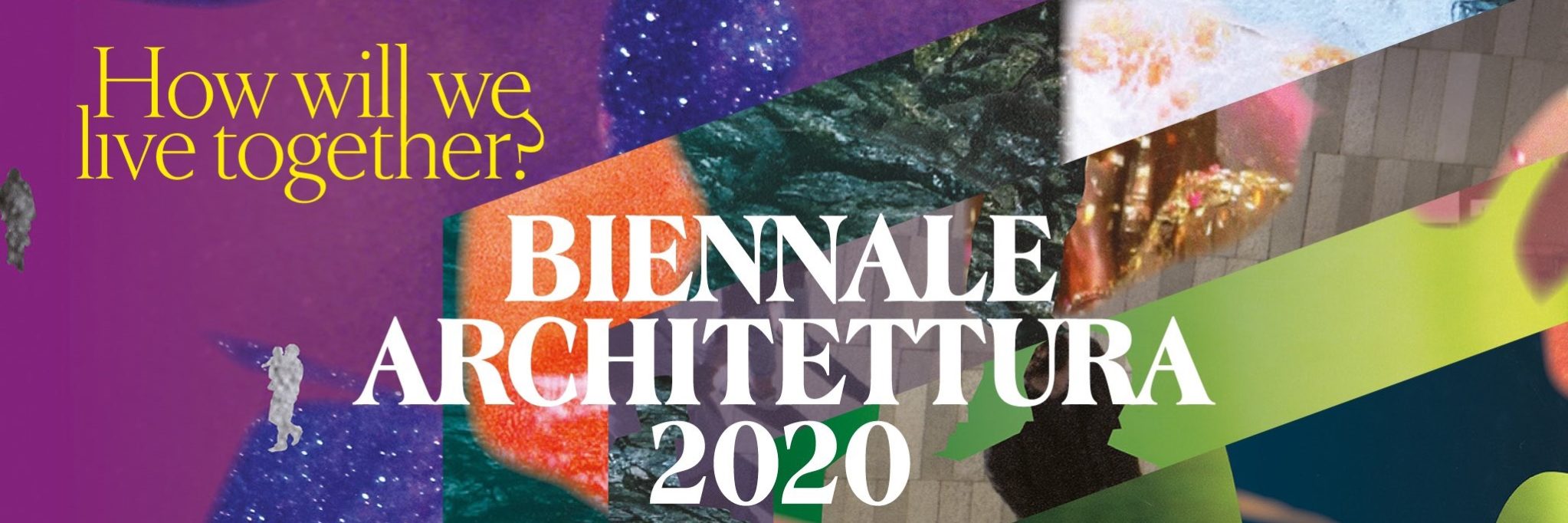Eastern and Central Europe missing from the architectural map of Sarkis. Reflections on the Architecture Biennale in Venice.
Marcin Szczelina
The majority of reviewers worldwide have hailed the previous edition of Architecture Biennale, chaired by Irish architects Yvonne Farrell and Shelley McNamara, as lacking reflection, banal, and a simply boring overview of the projects. It was unanimously agreed that in the age of new challenges brought upon by climate changes, the curators failed to ignite the pressing discussion on the state of contemporary architecture. This time round, drawing from the experience of the most successful editions of the Biennale headed by outstanding critics and theoreticians, the organizers invited Hashim Sarkis. Under new management, the event is conceived as a laboratory and testing ground at once, where the subject matter is almost surgically dissected, where the boundaries, eye-catching fads and novel directions are explored but most of all, where we would find the solid ground to redefine the notion of architecture in the ever-changing reality.
Sarkis is a fifty six-year-old architect who moved to the US from Beirut in the eighties. He runs his own practice, with two offices – in Massachusetts, USA, and the capital of Lebanon, Beirut. Sarkis is also known as an esteemed educator – the former professor at the Harvard University Graduate School of Design, and current Professor and Dean of the School of Architecture and Planning at the Massachusetts Institute of Technology (MIT). As a professionally active architect with academic background, Sarkis seems like a perfect candidate for the curator position. In his Biennale Sarkis raises the question: “How will we live together?”. As he states: “We need a new spatial contract. In the context of widening political divides and growing economic inequalities, we call on architects to imagine spaces in which we can generously live together (…)”.
Sarkis’ Biennale yields a great dose of hope for turning over a new leaf and surpassing the constraints of national borders by widening the scope of relations and mutual understanding of our limitations. Most of all, it brings hope for initiating a more profound reflection on the broad subject of architecture. Even though it would be prudent to abstain from any presuppositions before the opening of exhibition, the official list of the architects and design teams invited by Sarkis already touches a nerve. Twenty six out of a hundred and fourteen architect participants are of American origin (including eight New York based offices), the second largest group are the British (twelve offices, the majority of which is based in London). One cannot fail to notice that the architects from Eastern and Central Europe are virtually unrepresented. Poland, Ukraine, Hungary, among other neighboring European countries boast only one representative – Czech Studio from Prague – HAJEK & SKULL + MOLOARCHITEKTI. The question arises: was it political correctness that dictated the choice of Czech architect? Or perhaps the curator played safe in his research? Is it only the architects from the Sates and London who are in the know about “how will we live together”? I would wish for the architects to go beyond their comfort zones and allow different perspectives on the concept of architecture.
The world is in the state of alert. The rapid spread of coronavirus has led to more and more events being closed down. The opening of Salone del Mobile in Venice, or MIPIM, an international property event held in Cannes, are just two examples from the long list of postponed or cancelled gatherings. Italy has become a breeding ground for the virus in Europe so it should come as no surprise, that the Biennale has been rescheduled form May to August. With the death toll exceeding a hundred, and three thousands infected, the government has issued a decree aiming to contain the spread of disease. The regulation divides the country into three zones: red, being the outbreak sector, yellow, with a lower number of the infected, and the remaining area. Venice, being the most popular tourist destination in the world, and a home to Architecture Biennale falls within the limits of the yellow zone, where the multiple cases of coronavirus have been confirmed. City officials announced a ban on sports and cultural events, the amount of people in public spaces is being reduced, bars and restaurants introduce a one-meter distance rule among its guests in order to prevent contagion. For a destination visited by over twenty million tourists a year, the current situation seems rather surreal!
After spending some time in the lagoon city, it is rather impossible to escape the thought that tourists are like locust. After few days here, one slowly grasps the rules of navigation through canals or using vaporetto. We look down on day-trippers. They are the cause of Venice’s affliction. One can easily fish them out from the crowd. They move in groups, usually led by a guide holding a flag. They look alike, considering the race, age, or social class, for example retired Germans, the Japanese with cameras, or overweight Americans. Venice is just another item to cross off the list on their tour around Europe. Quick landing, flowing through Piazza San Marco, shopping for kitschy T-shirts with gondola prints, photos in narrow streets overlooking the canals (causing the only congestion known in this car-free city apart from the one on Canal Grande), and then they disappear. Apart from small souvenirs, which have nothing to do with real Venetian craftsmanship such as handmade Murano glass or Burano lace, to name but a few, the day-trippers leave no money behind.
The opening of Biennale in Venice is no different. The city brings to mind the crowded streets of New York. It is the only architectural event which at once attracts the most prominent architects, curators and journalists of the world. Thousands of people gathered in one spot, moving back and forth between the Arsenal and the Central Pavilion in the Giardini area. The Biennale is brimming with people, therefore keeping the one-meter distance is simply impossible. There are two plausible scenarios to consider here. First one – less optimistic – the poorest turnout in the history of the Architecture Biennale in Venice, which is unacceptable for the organizers who boast the growing attendance annually. For Roberto Cicutto, Italian filmmaker, who took the reign over La Biennale di Venezia from a long-standing director, Paolo Baratta, this scenario is nowhere near the “grand entrance”. The second scenario, more optimistic, predicts preventions of the virus’ spread that would enable safe travels and contain the mass hysteria.





